Howard Jones was visiting San Francisco when a label rep made an offhand comment about the beautiful women in the Bay Area. Jones, who was then early into his marriage to Jan Smith (this year they will be married 47 years) was happy and not interested, to which the rep replied that he could look at the menu but didn’t have to order. The synth-pop composer had never heard that phrase, but it would inspire the opening line to his ballad “No One Is to Blame,” a deeper album cut that, once reworked, would become a major hit for him.
Videos by American Songwriter
“Hey Man, that’s a B-side”
The possibility of the song reaching a wider audience nagged at him, so one day Jones went in to visit a top executive at his label. He sat down at the piano in his office, played him the piano-driven track, and pitched the idea that a reworked version could become a radio hit. The exec quipped, “Hey man, that’s a B-side.” Jones would not be deterred.
“I kept pursuing it, and we ended up doing it with Phil Collins,” Jones tells American Songwriter. “It’s been a huge record, but you have to keep believing in the work. You can’t be put off by people. [The exec] really got behind it once it was obvious that it was a big record.”
You can look at the menu, but you just can’t eat
You can feel the cushions, but you can’t have a seat
You can dip your foot in the pool, but you can’t have a swim
You can feel the punishment, but you can’t commit the sin
And you want her, and she wants you
We want everyone
And you want her and she wants you
No one, no one, no one ever is to blame
Once again, Jones avoided romantic cliches in his musings on love. “I feel ‘No One Is to Blame’ is really about wanting things that you can’t have, but realizing that’s just part of the human condition,” Jones explains. “We want things and it doesn’t seem to be happening, but it is the thing that can drive you forward and move you forward. You’re not to blame for having these desires, whether it’s for other people or for things or whatever. We’re not to blame, we’re human beings, and we have to navigate those desires and try and make it work for us and also work for everyone else, to be aware of how everyone else is doing. What I’ve come to in the end with that song is not to be too hard on ourselves when we have horrible thoughts about things that we really don’t want in our head, or horrible desires that we don’t want it in the head. It’s about being realistic, really.”
The original song is driven by Jones’ vocals and piano playing and a programmed drum track with a little synth embellishment. It’s more stripped-back and intimate, but given that big production values had become more commonplace at that point and the power ballad was beginning to grow in popularity, one could hear how the song felt more like it fit the early 1980s.
Enter Phil Collins
Collins, the Genesis drummer and vocalist, had scored a lot of solo-album success and produced and/or played drums for other artists like Robert Plant, Eric Clapton, Led Zeppelin (at Live Aid), Adam Ant, Philip Bailey, and ex-ABBA member Frida (Anni-Frid Lyngstad). Jones had met Collins through the annual Prince’s Trust Rock Gala concerts in England in the mid-1980s. Collins was a regular at those events.
“I have nothing but good things to say about Phil,” Jones declares. “He was a lovely man. First of all, he always would give you a bear hug. You always felt that man’s big heart, and I loved that. I thought, if I’m going to work with somebody, I would love [it to be] him. That’s why I asked him if he could do ‘No One Is to Blame.’ And we did have fun making that record. He’s great. Then I actually produced something for his son.”
Afrodiziak
Working with Hugh Padgham and Collins as co-producers, Jones went into the studio with other musicians—Collins on drums, Phil Palmer on guitar, Mo Foster on bass guitar, and singing trio Afrodiziak on backing vocals. The latter had appeared on a favorite song of Jones’—“Free Nelson Mandela” by The Specials—and he hoped they would appear on his album. They sang on “Things Can Only Get Better” and “No One Is to Blame.”
“They’re the coolest people on the planet, and they agreed to do it,” Jones enthused of Afrodiziak. “It was great. I loved them. [They did] the [18-month] world tour for Dream into Action, and it was just so brilliant to have them as part of what I did, bringing their West Indian heritage to my work. They’re always dressed amazing. They always looked incredible. They sang just unbelievable. I was the luckiest man in the world to have them in my band, and I really just love them still.”
The album version of “No One Is to Blame” ran 3:30, but the new version that emerged on the 1986 EP Action Replay ran 4:18. Part of that is due to Jones having programmed a percussive intro to the song before the vocals and piano kicked in, which took a little longer than on the original version. The singer says he impressed Padgham and Collins by doing his vocal and piano parts in one take. Then Collins came in and played against the drum loop Jones had created at his collaborator’s request.
“I absolutely panicked—’Oh, my God, I’ve got to do a really cool loop for Phil to be great,’” Jones recalls. “I spent the whole weekend working on this two-bar loop on my Linn 9000 machine. I played it to him and Hugh Padgham, and they absolutely loved it. It maybe became the biggest hook in the song because it’s the first thing you hear. They were over the moon about it, so we laid that down first. I played my piano part over that. Then Phil played drums on top of that and we added bass, so it was a quite unusual way to put it together.”
Jones remembers that despite the drum programming being locked in, Collins would play “around the loop, which was pretty rock solid, but he would always create the illusion of tempo moving and changing.” He also says he enjoyed playing with the conventions of a pop song, which is something Collins noticed about his work:
“I remember speaking to Phil about this, and he said to me, ‘What I like about your songs is that you always surprise me. You go somewhere that I didn’t expect the song to go.’ I was really pleased. That is what I did try to do with it.”
Breaking Big
The revamped rendition of “No One Is to Blame,” with its fuller sound and added parts, struck a chord with the masses. It became Jones’ biggest hit in America, reaching No. 4 on Billboard’s Hot 100 singles chart. It went Top 10 in Canada, Australia, and Ireland, and Top 20 in Italy and the UK. The song also soared to No. 1 on Billboard’s Adult Contemporary radio chart. “No One Is To Blame” has 11 million YouTube views and nearly 15 million Spotify streams of the Phil Collins version and nearly 12 million of the original. Over the years the song has been licensed for television shows like Cold Case and The Yards and movies including Waitress, Romy and Michele’s High School Reunion, and The Lather Effect. It is one of Jones’ most licensed tracks.
Jones’ instinct had been right: The new “No One Is to Blame” broke big. Despite that, he thinks that many fans still prefer his original rendition.
“I think that the fans’ favorite is still the one on Dream Into Action because it’s more raw and in your face and stripped back,” Jones reports. “I’ve actually never done that version live. I’m thinking I really must do that. … It’s on my list now because it’s sparse, and maybe the intention of the song comes over more in that than the more commercial version that Phil did with me.”
Either way, “No One Is to Blame” is forever imprinted in many fans’ memories, and they may soon hear it live when Howard Jones, ABC, and Haircut 100 hit the road for a U.S. tour that runs from August 14 to September 6.
When you purchase through links on our site, we may earn an affiliate commission.
Photo by Stoddart/Daily Express/Hulton Archive/Getty Images

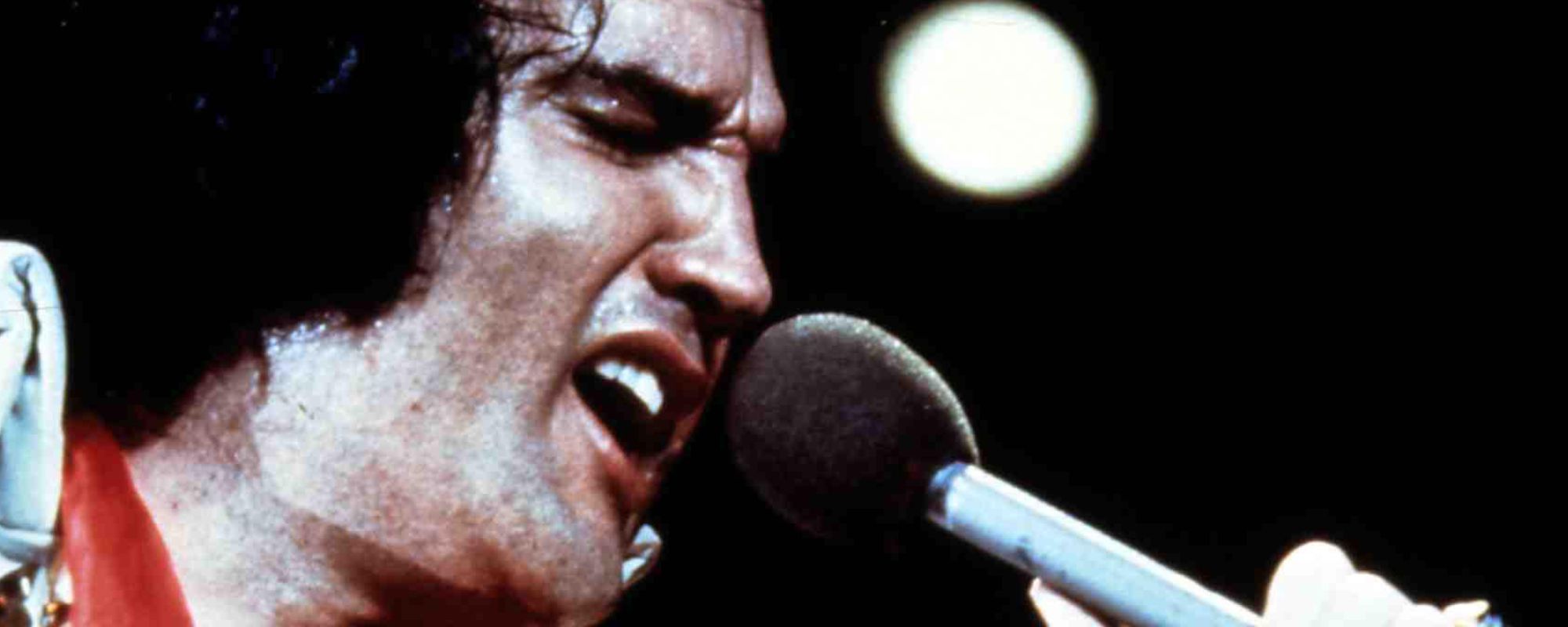

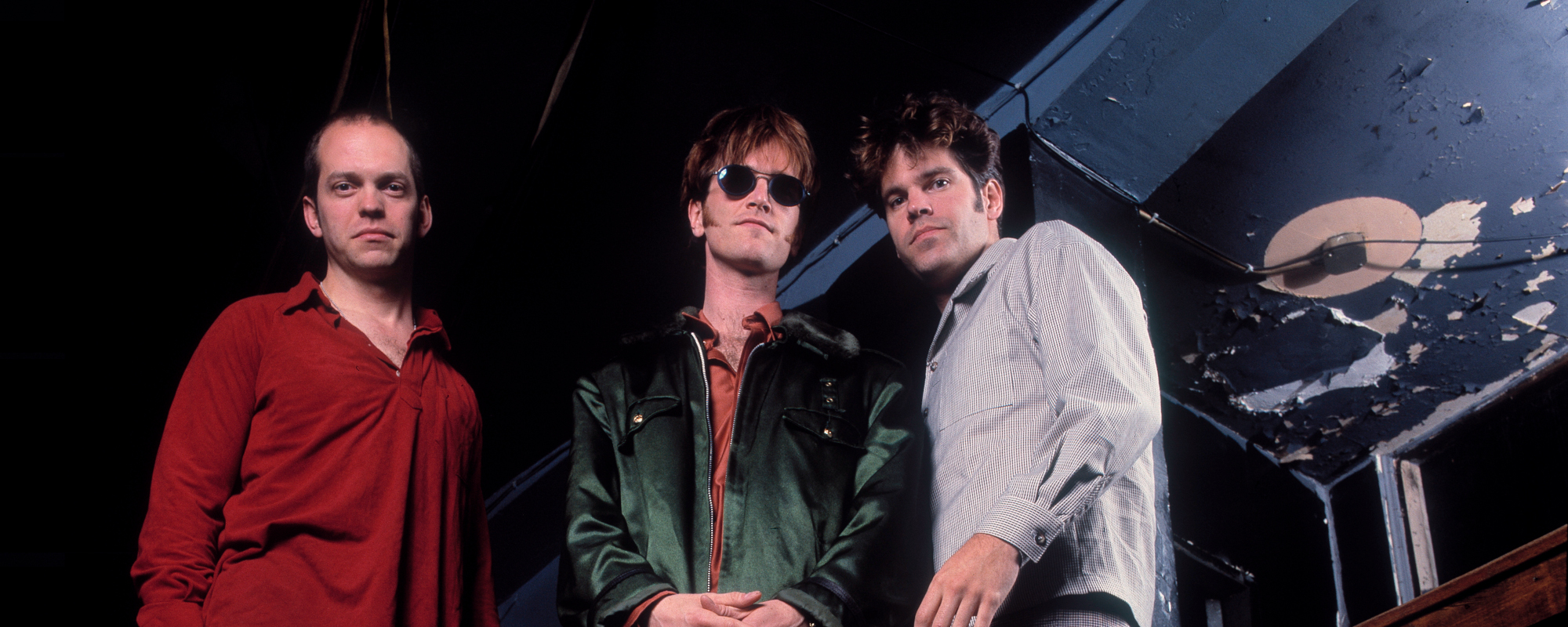
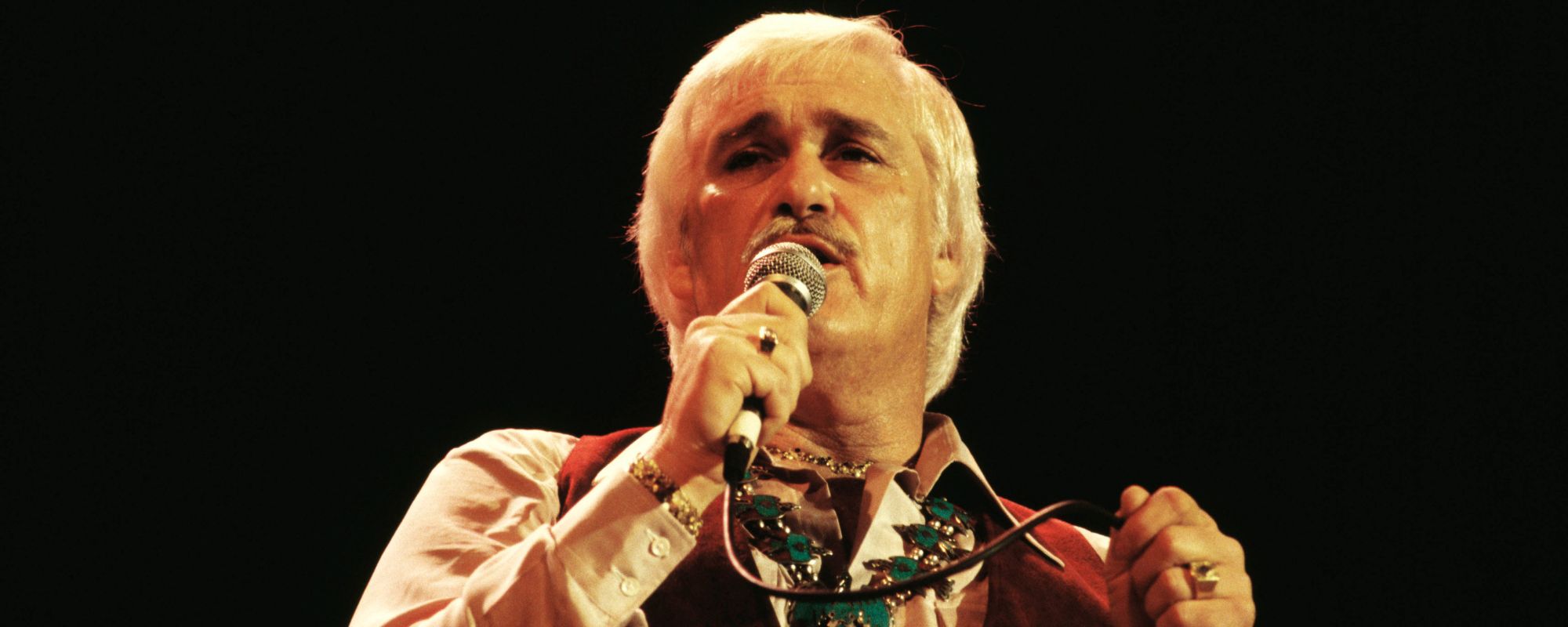
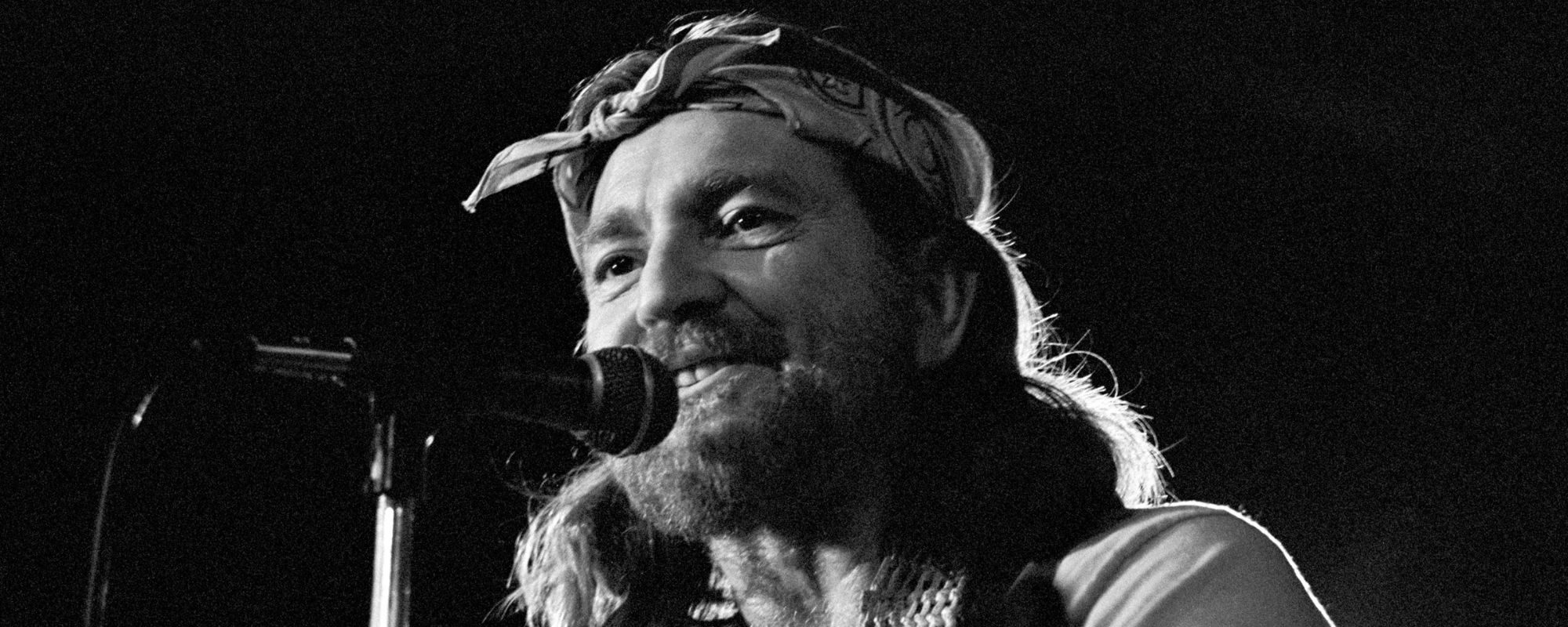

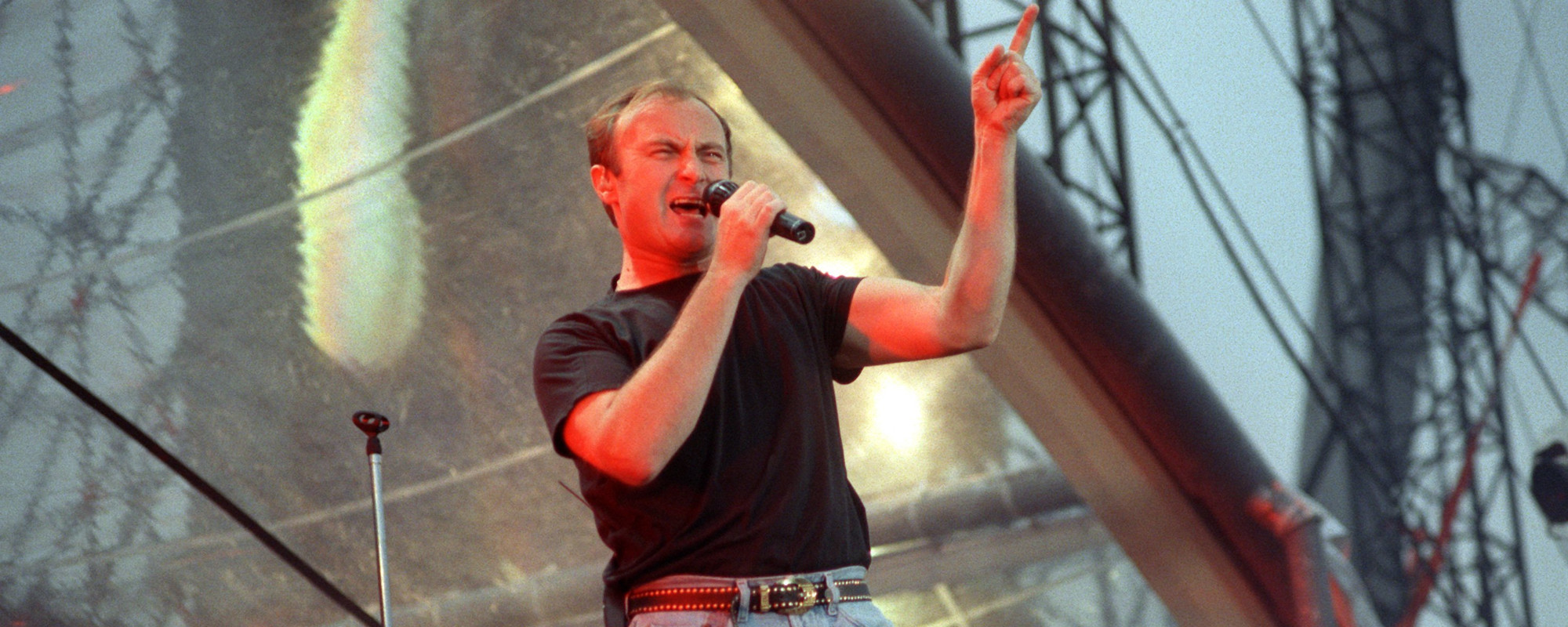

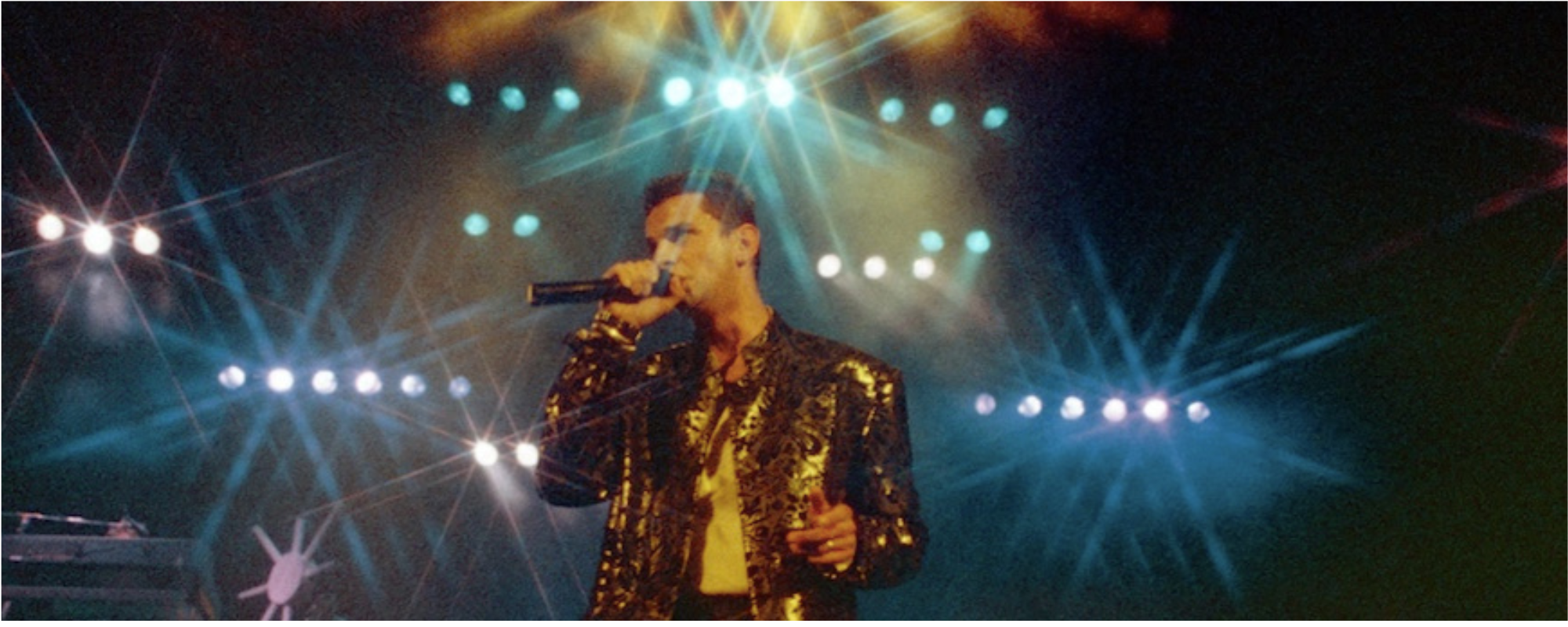

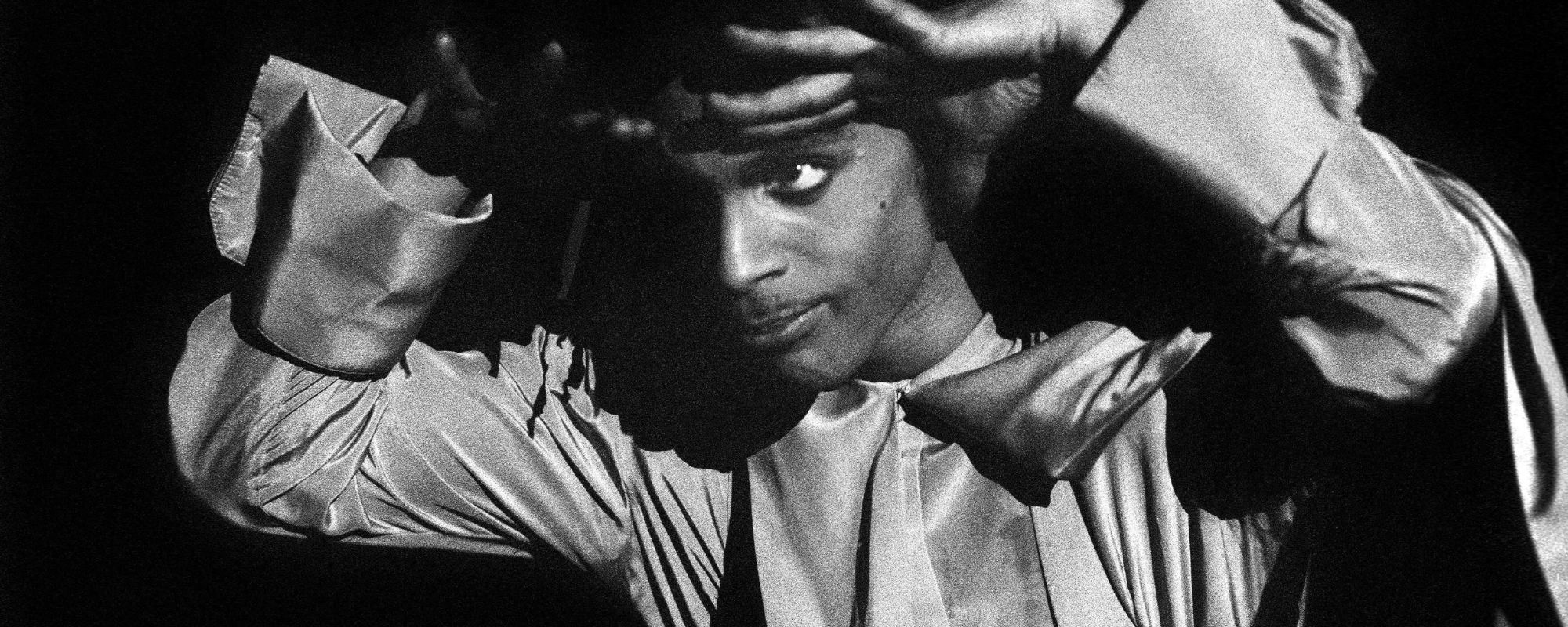

Leave a Reply
Only members can comment. Become a member. Already a member? Log in.